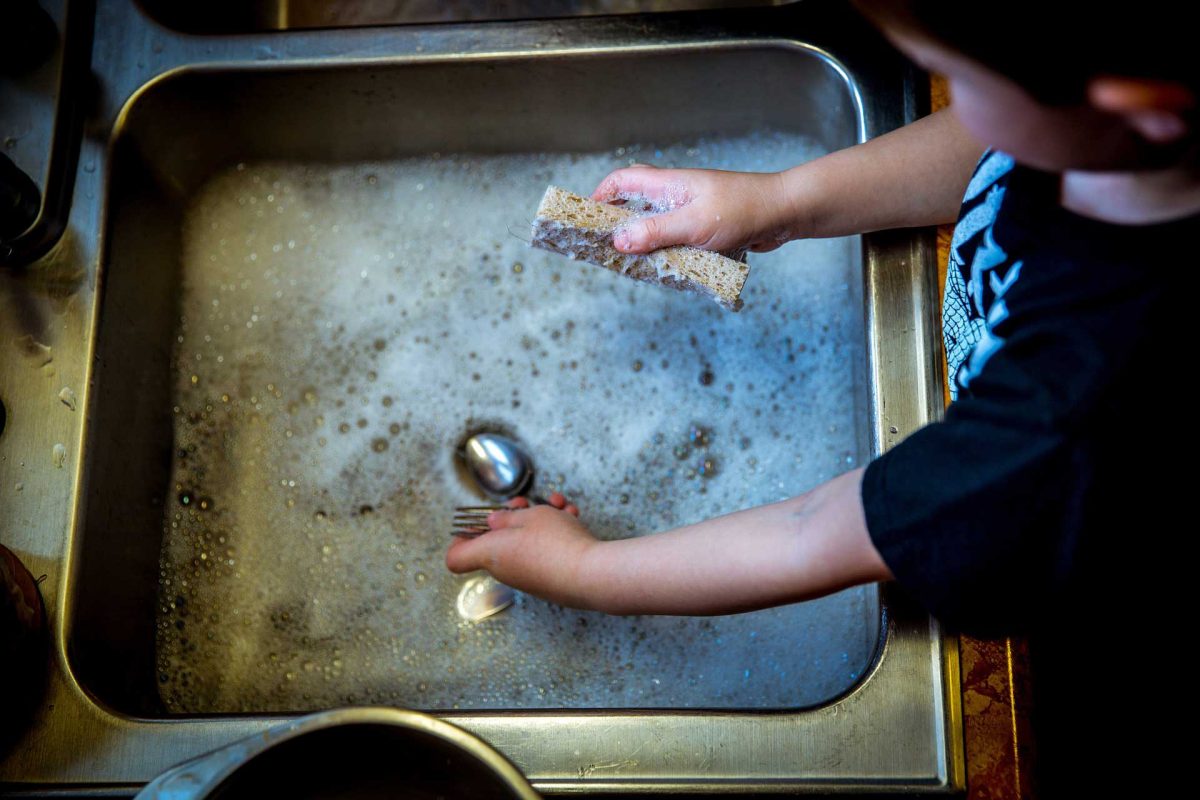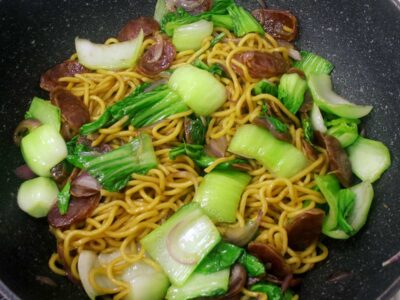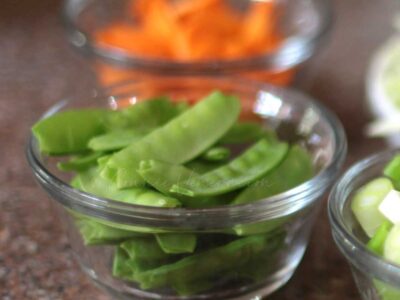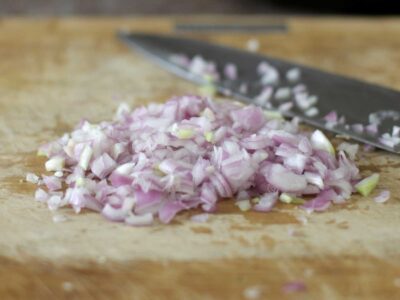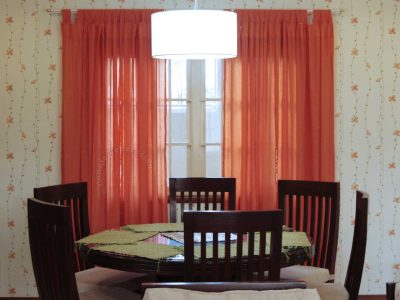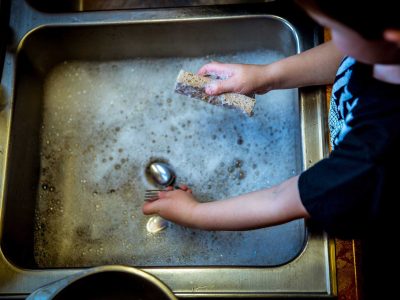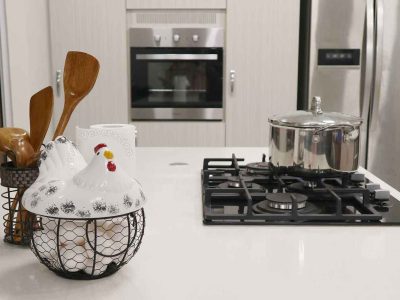First of all, there’s food grade lye (which is safe for human consumption) and there’s the non-food grade lye used for a number of things including soap making and unclogging drain pipes. I have to say that right at the very beginning because it appears that not everyone is aware of it.
In an old recipe post, for instance, where the ingredients included lye water, the following comment was posted: “Lye is harmful, ang lihiya or lye, ay sosa din sa english, so ang lye water ay liquid sosa (lye is sosa in English so lye water is liquid sosa)…”
Wrong. Very wrong.
Actually, “sosa” is Spanish for soda. Lye is also known as caustic soda but “sosa” is not a direct translation of lye. Liquid Sosa is a brand of liquid lye for unclogging drain pipes.
This post is about non-food grade lye. My husband, Speedy, suggested long ago that I write about it and I’m guessing it’s because he feels that people ought to know that there is a much cheaper alternative to the expensive Liquid Sosa.
But I’ll backtrack to a several years ago. There was a time when Liquid Sosa figured prominently in our grocery list. We were living at my mother’s house at the time, that house is almost my age, so the drain pipes were not exactly at their prime anymore. The sinks, especially the kitchen sink, were often clogged.
Even in a much newer house, it can happen. You cook, you eat, you wash greasy pots and pans and dishes and the grease goes down the drain. Although dishwashing liquid will get the grease off the utensils, it won’t flush the grease from the drain pipes. A first aid strategy is to pour boiling liquid directly into the sink. But, over time, a more aggressive solution is necessary. So, we’d buy Liquid Sosa.
Then, Speedy discovered pure lye in powder form. It’s available in just about any hardware store. You can mix it with water or, for maximum effect, you can pour the powder directly into the drain hole of the sink. I’ve read that lye is also sold in pellet form but I haven’t seen that around.
The cost of non-branded lye is only a fraction of the price of Liquid Sosa. Apparently, the price of Liquid Sosa has nothing to do with higher quality or superior effectiveness. It is way more expensive because it is branded and because it is easier to use. Pour it and forget it.
When using lye for unclogging the drain, remember that lye is a corrosive substance. Whether you’re using the powdered form or the branded variety, there are precautions that you have to take to make sure that the corrosive effects are limited to the drain pipes that you are trying to unclog.
Some things to remember when using lye in powdered form.
1. Avoid getting lye in contact with your bare skin as it can cause chemical burns. Using rubber gloves is advisable.
2. Avoid inhalation of the stuff. Before using it, open the windows and make sure that there is sufficient ventilation.
3. If you’re using lye to unclog a kitchen sink, clear the sink first. Lye can corrode aluminum so make sure that there are no aluminum utensils in the sink.
4. Using a plastic spoon, pour a few tablespoonfuls of lye directly into the drain hole. Then, pour in about a quarter cup of water to disperse the lye as far as it can go. Leave it to do its job for a half hour or so then flush the drain with hot water.
You can also mix the lye with water before pouring into the drain. The drawback is that when the powder touches the water, it can fizzle and if your hand is near enough, some of the fine bubbles that pop can touch your skin.
If cost is not a issue with you, then, by all means, continue using branded liquid lye. But if you want to outsmart the system, remember that there’s a much cheaper alternative.

